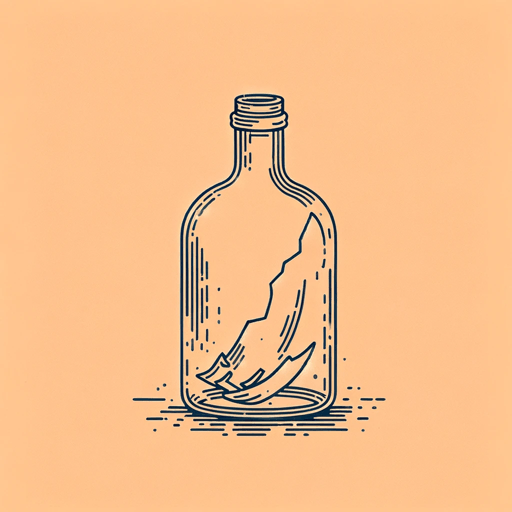15 pages • 30 minutes read
William Carlos WilliamsBetween Walls
Fiction | Poem | Adult | Published in 1938A modern alternative to SparkNotes and CliffsNotes, SuperSummary offers high-quality Study Guides with detailed chapter summaries and analysis of major themes, characters, and more.
Summary and Study Guide
Overview
William Carlos Williams’s “Between Walls” (1938) shares a fragile moment of awareness: In an alley one night, in the light of a streetlamp behind a hospital, the poet chances upon a broken bottle. Drawing on both the poet’s vocation (Williams was a practicing pediatric physician in a New Jersey hospital) and his avocation (from childhood, Williams studied the craft of painting, framing the world into moments of otherwise unsuspected beauty), the poem offers without commentary a fleeting image that catches the poet’s eye and that, in turn, he shares.
Reflecting Williams’s early passion for the haiku-like precision of Imagism, “Between Walls” as a poem means little but suggests much. The poem celebrates the delight in the roving eye engaging the immediate world and finding among its teeming neutral objects a match-flick moment, when those same neutral objects unexpectedly spark to life and speak to the poet. The poem, despite (or perhaps because of) its Zen-like simplicity, has become a staple in anthologies and has sparked intense debate over the meaning, to the point that detractors of the poem point out how the elaborate exegeses inspired by such an evidently simple poem reveal the deep flaw in overthinking literature into meaning rather than relaxing into its invitation to enjoy the world.
Poet Biography
William Carlos Williams was born on September 17, 1883, in Rutherford, New Jersey. He earned his medical degree at the University of Pennsylvania, where he met Ezra Pound. Pound, himself a struggling poet, would soon embrace the freedoms of Modernism, a movement then sweeping across Europe. Williams traveled in Europe, but he ultimately returned to Rutherford and would remain there. Despite his nearly 40-year career as a physician who specialized in pediatric care, he also honed his poetry skills. Williams began experimenting with Modernism, a poetry informed by avant-garde expression, while also embracing the freedoms of free verse, a musical, liberated type of verse Williams heard in fellow New Jerseyite Walt Whitman’s explosive poetics.
From Whitman, Williams also embraces a focus on distinctly American subject matter. His focus on conversational American English and approachable language patterns (a departure from the so-called convoluted verse of High Modernism), which appeared to a limited audience through small circulations like chapbooks and magazines, hit its stride in time. Williams was also influenced by Imagism, which was led by Pound and rejected complex ideas and philosophical abstracts in poetry (Williams was particularly put-off by the widespread critical praise that in 1922 greeted T. S. Eliot’s The Waste Land). Rather, poetry should embrace the world about the poet and share that enthusiasm.
Few of his patients even knew Williams was a published poet. Although Williams enjoyed a long career as a poet, his work wouldn't find a wide and appreciative audience until the late 1950s when the Beat movement, with its own celebration of open verse and its sense of the spiritual energy in simplicity informed by Eastern rather than Western thought. That generation found profound influence in Williams’s joy in the delights of the world. His work was recognized with the Pulitzer Prize just months before his death on March 4, 1963.
Poem Text
Williams, William Carlos. “Between Walls.” 1938. Poetry Foundation.
Summary
Behind a hospital, in an alley scattered with little bits of splintered charred wood and busted rocks, the speaker sees parts of a shattered green bottle illuminated by streetlamps.
Related Titles
By William Carlos Williams
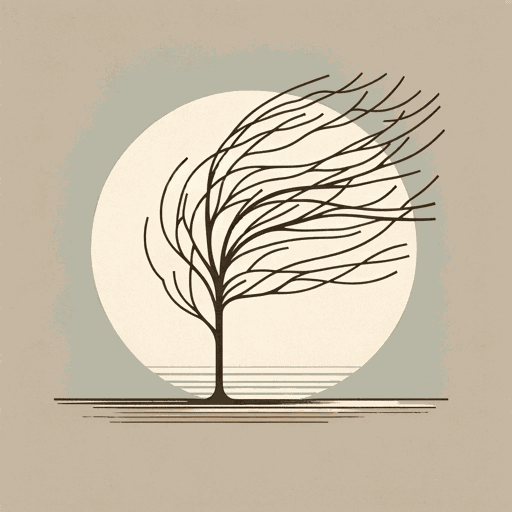
Approach of Winter
William Carlos Williams

In the American Grain
William Carlos Williams
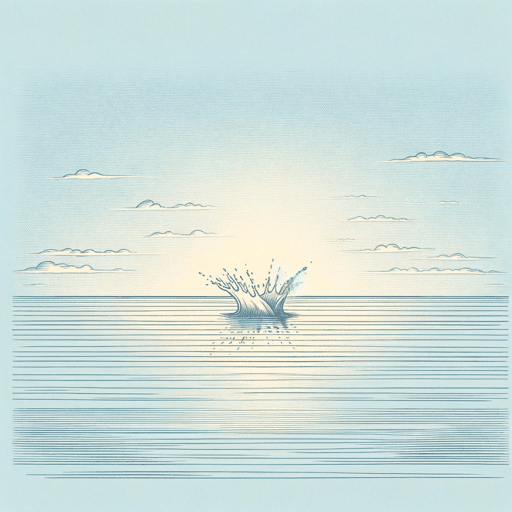
Landscape with the Fall of Icarus
William Carlos Williams
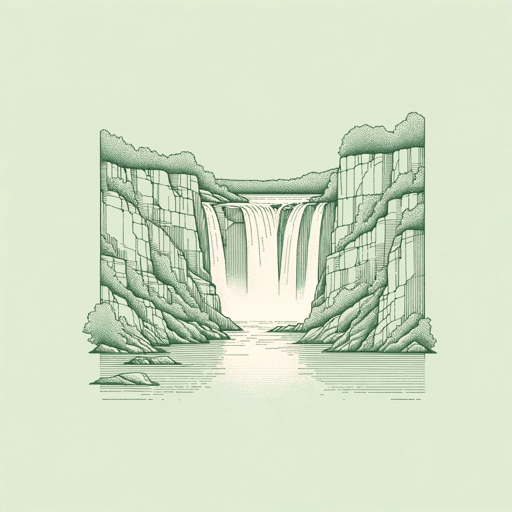
Paterson
William Carlos Williams
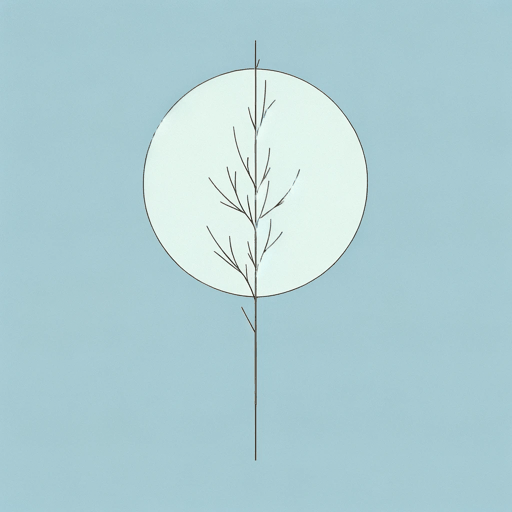
Spring and All
William Carlos Williams
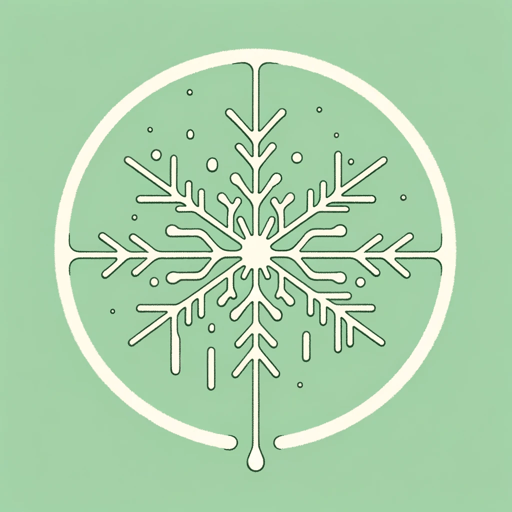
Spring Storm
William Carlos Williams

The Red Wheelbarrow
William Carlos Williams
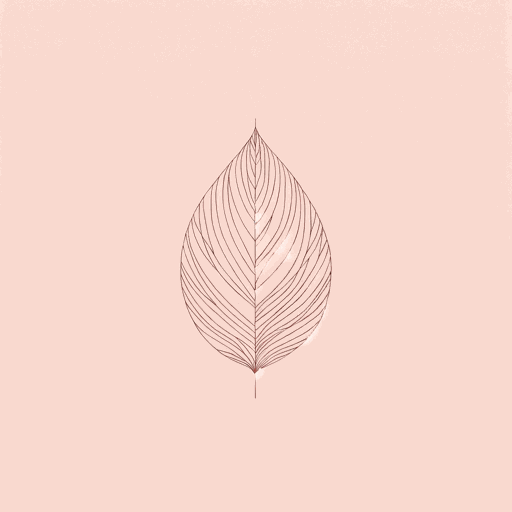
The Young Housewife
William Carlos Williams
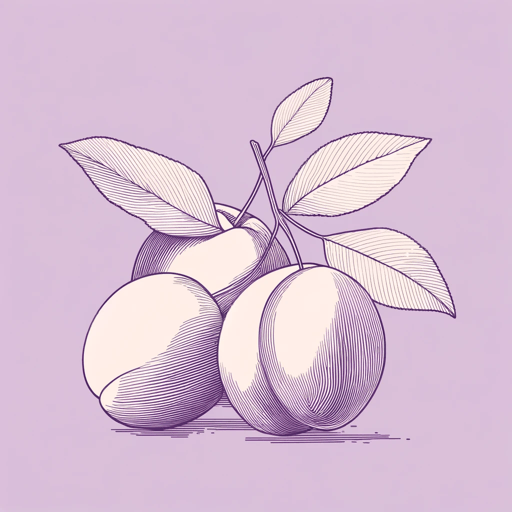
This Is Just to Say
William Carlos Williams
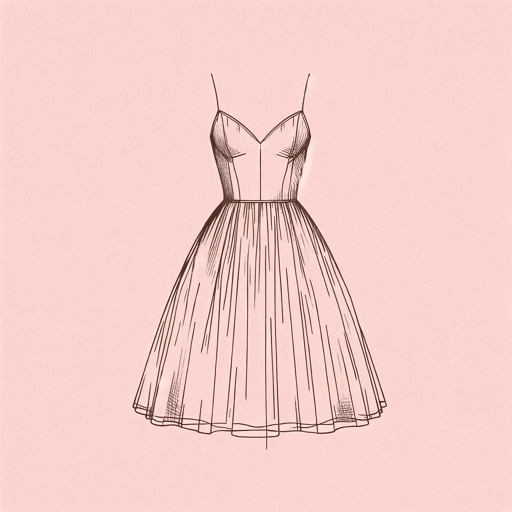
To Elsie
William Carlos Williams
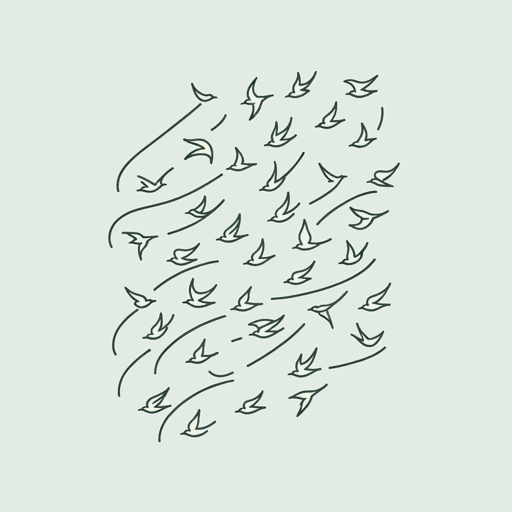
To Waken An Old Lady
William Carlos Williams
